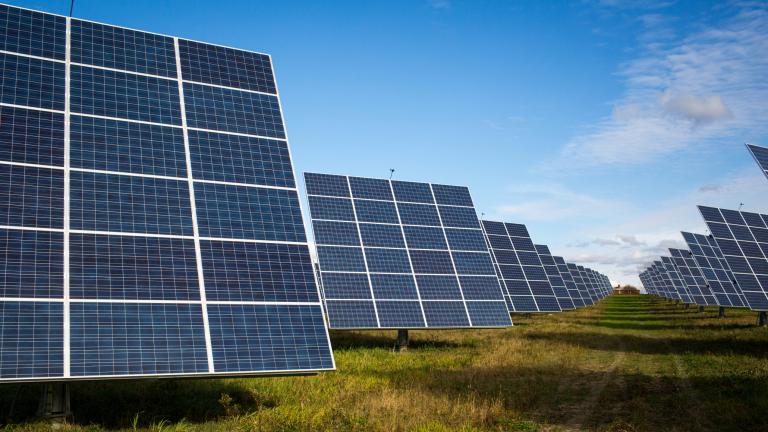
In the coming weeks, Congress may pass one of the most important climate policies in US history.
The $3.5 trillion budget plan includes a provision known as the Clean Electricity Payment Program, which would use payments and penalties to encourage utilities to increase the share of electricity they sell from carbon-free sources each year. If it works as hoped, the legislation would ensure that the power sector generates 80% of its electricity from sources like wind, solar, and nuclear plants by 2030, cutting more than a billion tons of annual greenhouse-gas emissions.
The measure would mark a foundational step in President Joe Biden’s ambitious climate plan, which aims to put the nation on track to eliminate climate pollution from electricity generation by 2035—and achieve net-zero emissions across the economy by midcentury.
There are real questions, though, about whether the program will achieve its aggressive targets. How the nation’s complex electricity sector actually responds will depend heavily on how the agency that oversees the program implements it, and particularly where it sets the payments and penalties, some economists say.
It’s also still unclear if the measure will pass in anything like its current form—or at all.
Read the full article at: https://www.technologyreview.com/2021/08/23/1032393/the-3-5-trillion-budget-bill-could-transform-the-us-power-sector-and-slash-climate-pollution/
Image credits: Getty





